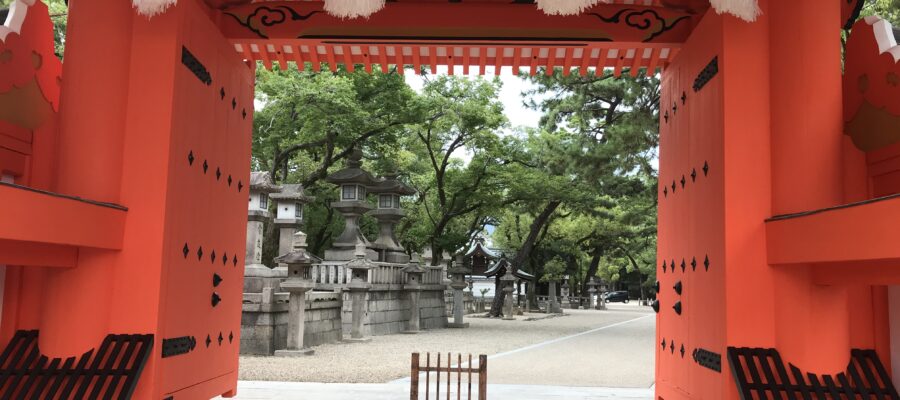えびす様の総本社
大阪出身なので、えびす様と言えば今宮戎神社を思い浮かべるのですが、西宮神社は福の神として全国で信仰される「えびす様」の総本社だそうです。今まで一度も来たことがなかったのですが、神戸までの出張の帰途、寄ってみました。
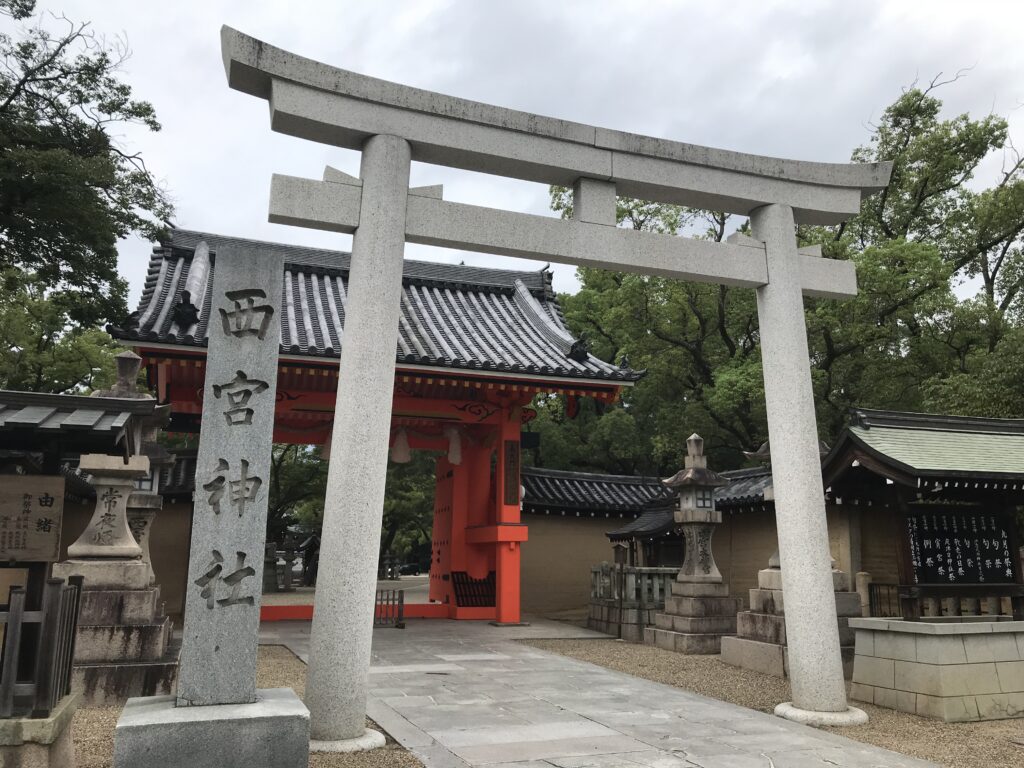
桃山時代の建立の表大門
豊臣秀頼から寄進された桃山時代建立の「表大門」は、色を塗りなおして間がなかったためか、照り輝くような朱色をしていました。この門は重要文化財にしていされています。桃山時代の建築に特有の、豪壮さを感じさせる門になっています。
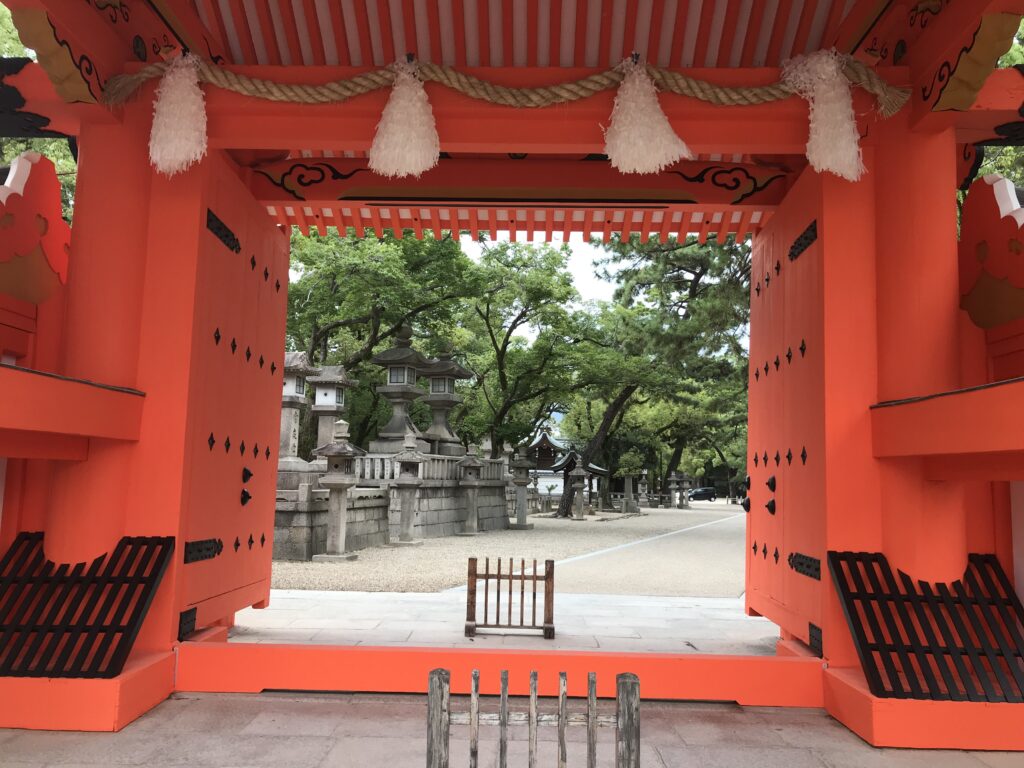
毎年1月10日午後6時に、大太鼓の合図によてこの表大門の扉が開かれると、参拝者が本殿へ向かって全速力で走り抜けます。途中、カーブがあり、テレビニュースで紹介される際は、参加者が転んでいる姿をよく見ます。
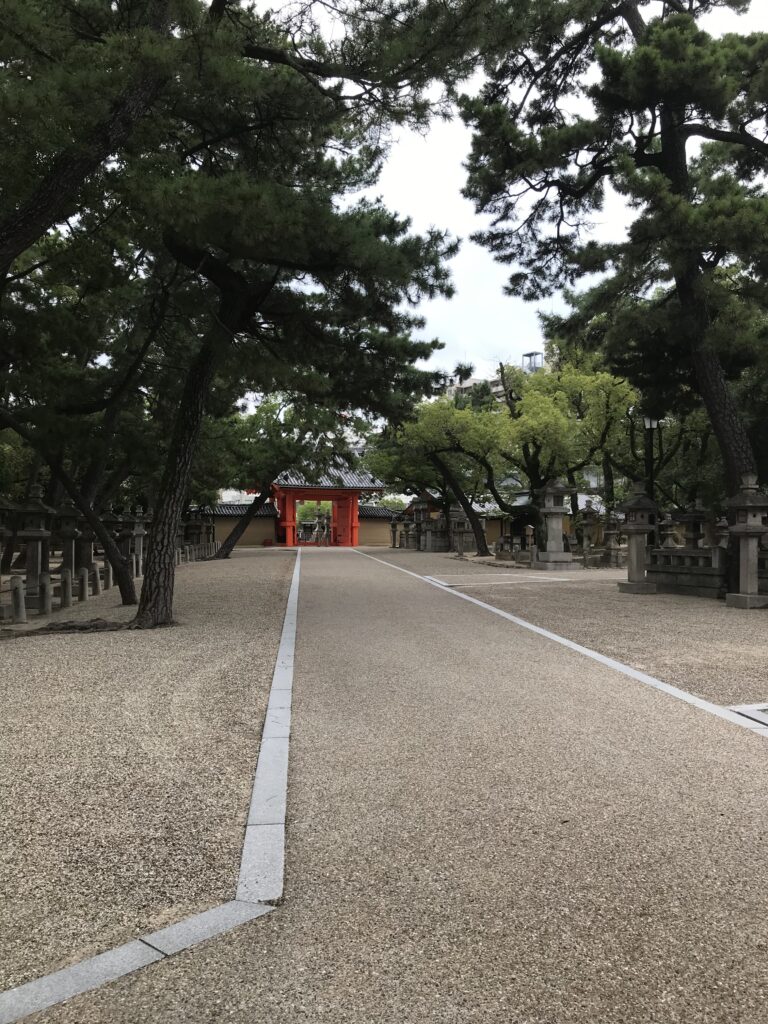
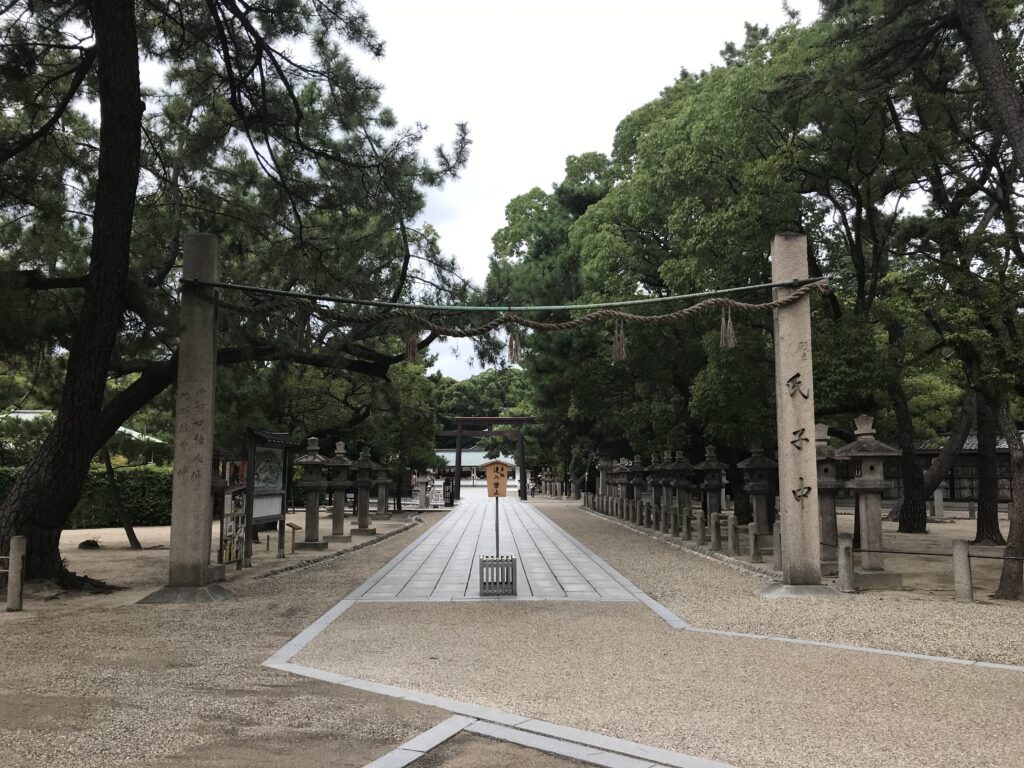
えびす神は元々、漁業の神様
えびす神は、タイを抱えている姿からわかるように、本来は漁業の神様だったそうですが、商業の発展にともなって市神、商業神にもなったそうです。室町時代の七福神信仰により、えびす神が福の神の代表として、さまざまな芸能を通じて全国に広まっていきました。
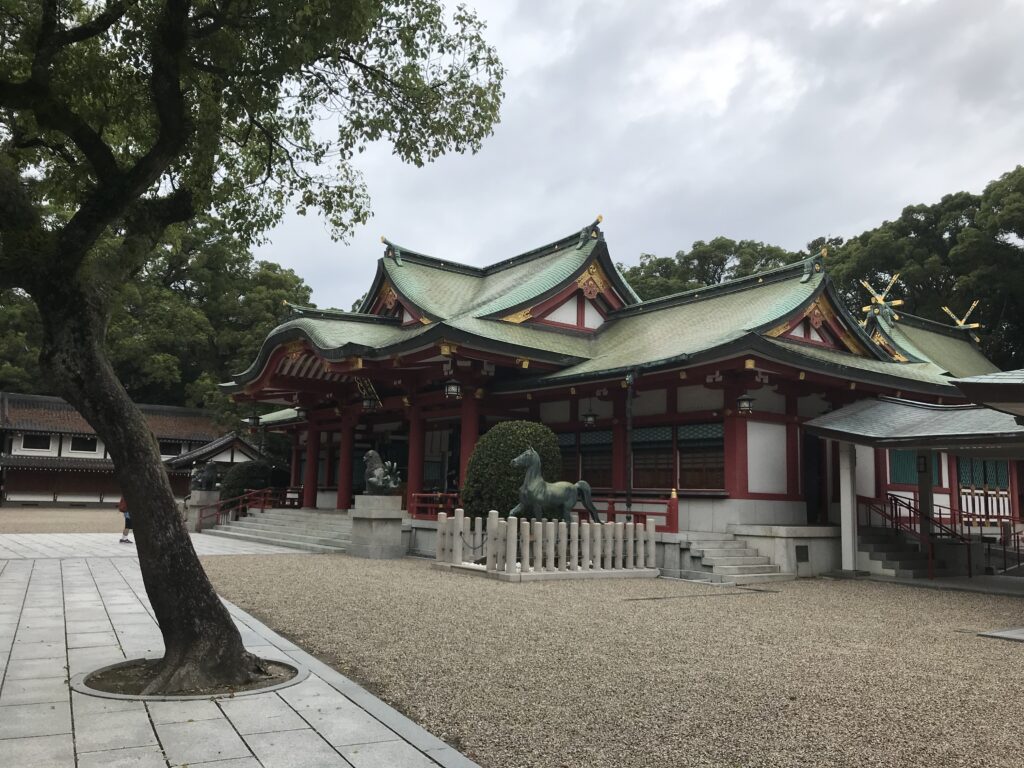
本殿は戦後の再建ですが、国内唯一の「三連春日造り」と呼ばれるスタイルです。テレビニュースで「十日えびす」の様子しか見たことがないので、いつも賑わっているかのように勘違いしていましたが、訪問日が平日の午後であったため、非常に閑静な中でお参りすることができました。(完)
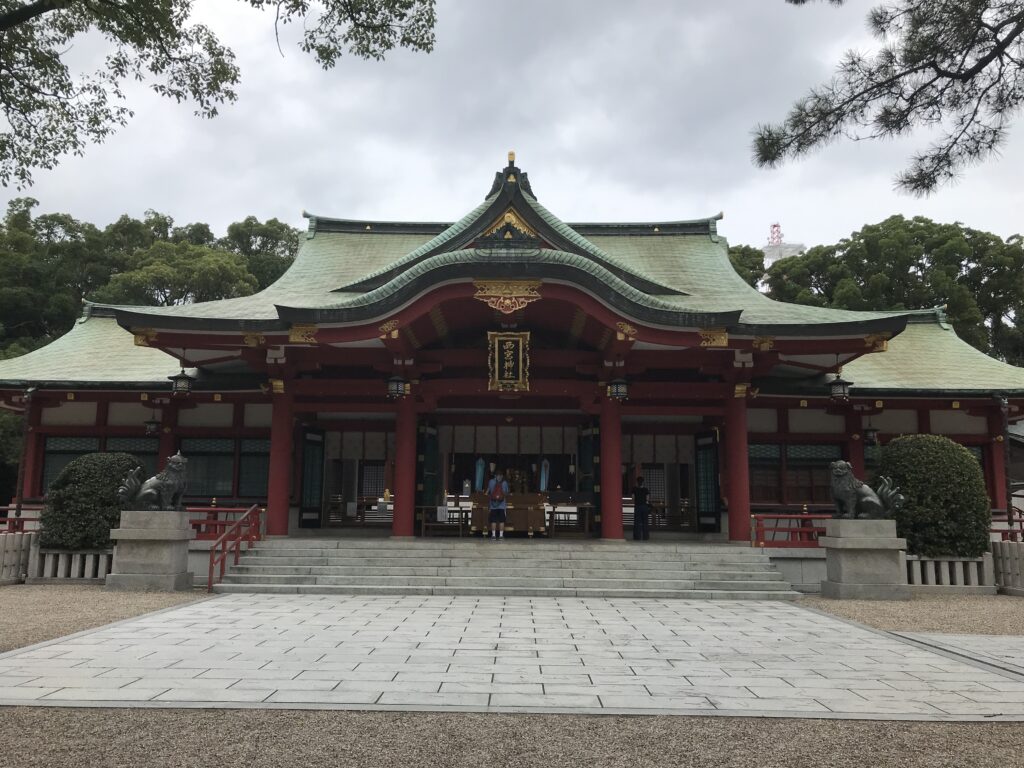
西宮神社の御朱印
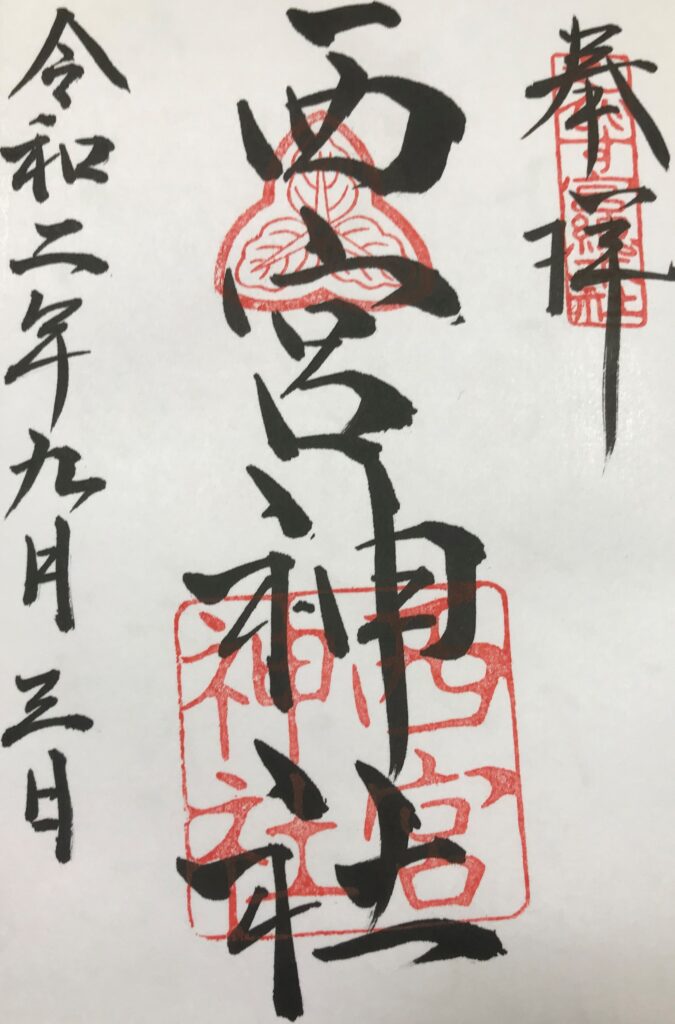
西宮神社を紹介した書籍
神仏霊場会の公式ガイドブックに西宮神社が紹介されています。
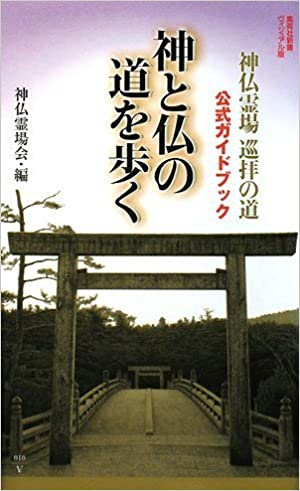
神と仏の道を歩く 神仏霊場巡拝の道公式ガイドブック (集英社新書ヴィジュアル版) [ 神仏霊場会 ]
価格:1,466円
(2021/5/6 09:24時点)
感想(5件)
Nishinomiya Shrine
Being from Osaka, when I think of Ebisu-sama, I think of Imamiya Ebisu Shrine, but Nishinomiya Shrine is said to be the head shrine of “Ebisu-sama,” which is believed throughout Japan as a god of good fortune. I had never been here before, but on my way back from a business trip to Kobe, I decided to stop by.
The ” Omote-daimon ” gate, donated by Toyotomi Hideyori and built in the Momoyama period (1573-1600), was a shining vermilion color, probably because it had not been repainted recently. The gate has been designated an Important Cultural Property. The gate has a grandeur that is characteristic of Momoyama Period architecture.
At 6:00 p.m. on January 10 every year, the Omote-daimon (main gate) is opened to the sound of a large drum, and worshippers run at full speed toward the main shrine. There are curves along the way, and participants are often seen falling down when they are introduced on TV news.
As can be seen from the figure of Ebisu holding a snapper, Ebisu was originally the god of fishery, but with the development of commerce, he became the god of market and commerce as well. Due to the belief in the seven gods of good fortune during the Muromachi period (1333-1573), Ebisu-gami became the representative of the gods of fortune and spread throughout the country through various performing arts.
The main shrine was rebuilt after World War II, but it is the only one of its kind in Japan, a style known as “sanren kasuga-zukuri” (three-layered kasuga structure). Since I had only seen the “Tokaebisu” on TV news, I mistakenly thought it was always crowded, but since my visit was on a weekday afternoon, I was able to visit the shrine in a very quiet environment. ( End )
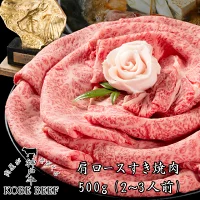
【あす楽対応】神戸牛 肩ロースすき焼き しゃぶしゃぶ 500g(約2〜3人前)【産地直送】【送料無料※一部地域 500円】【お歳暮】
価格:7,560円
(2021/12/22 21:27時点)
感想(97件)
Sanctuaire Nishinomiya
Étant originaire d’Osaka, quand je pense à Ebisu-sama, je pense au sanctuaire Imamiya Ebisu, mais le sanctuaire Nishinomiya est censé être le sanctuaire principal d'”Ebisu-sama”, qui est considéré dans tout le Japon comme un dieu de la bonne fortune. Je n’étais jamais venu ici auparavant, mais en revenant d’un voyage d’affaires à Kobe, j’ai décidé de m’y arrêter.
La porte ” Omote-daimon “, offerte par Toyotomi Hideyori et construite pendant la période Momoyama (1573-1600), était d’une couleur vermillon brillante, probablement parce qu’elle n’avait pas été repeinte récemment. La porte a été désignée comme un bien culturel important. La porte a une grandeur qui est caractéristique de l’architecture de la période Momoyama.
Chaque année, le 10 janvier à 18 heures, l’Omote-daimon (porte principale) s’ouvre au son d’un grand tambour, et les fidèles courent à toute vitesse vers le sanctuaire principal. Le parcours comporte des virages, et on voit souvent les participants tomber lorsqu’ils sont présentés au journal télévisé.
Comme on peut le voir sur la figure d’Ebisu tenant un vivaneau, Ebisu était à l’origine le dieu de la pêche, mais avec le développement du commerce, il est également devenu le dieu du marché et du commerce. En raison de la croyance dans les sept dieux de la bonne fortune pendant la période Muromachi (1333-1573), Ebisu-gami est devenu le représentant des dieux de la fortune et s’est répandu dans tout le pays grâce à divers arts du spectacle.
Le sanctuaire principal a été reconstruit après la Seconde Guerre mondiale, mais il est le seul de ce type au Japon, un style connu sous le nom de “sanren kasuga-zukuri” (structure kasuga à trois couches). Comme je n’avais vu le “Tokaebisu” qu’aux informations télévisées, je pensais à tort qu’il était toujours bondé, mais comme ma visite a eu lieu un après-midi de semaine, j’ai pu visiter le sanctuaire dans un environnement très calme. ( Fin )
